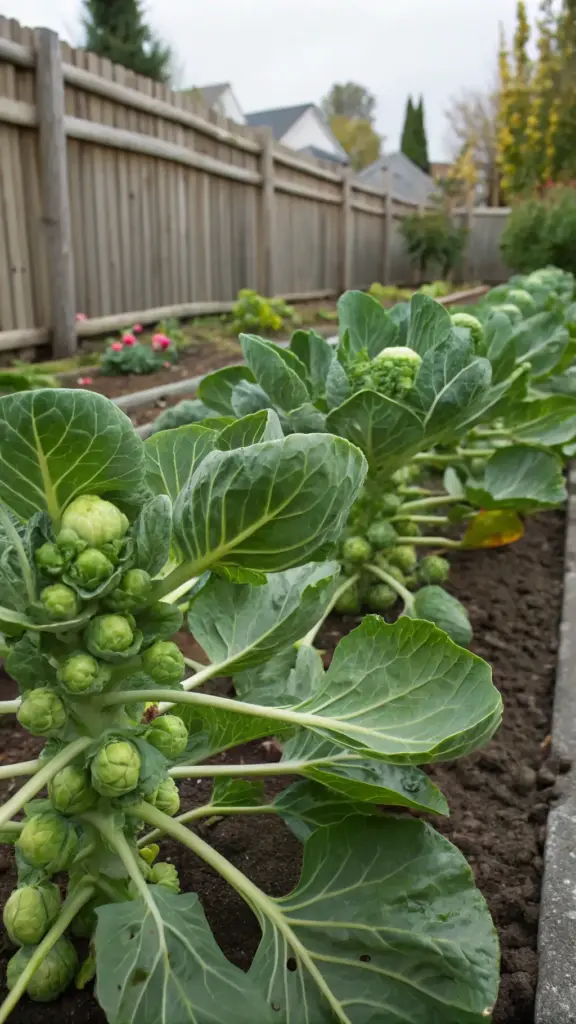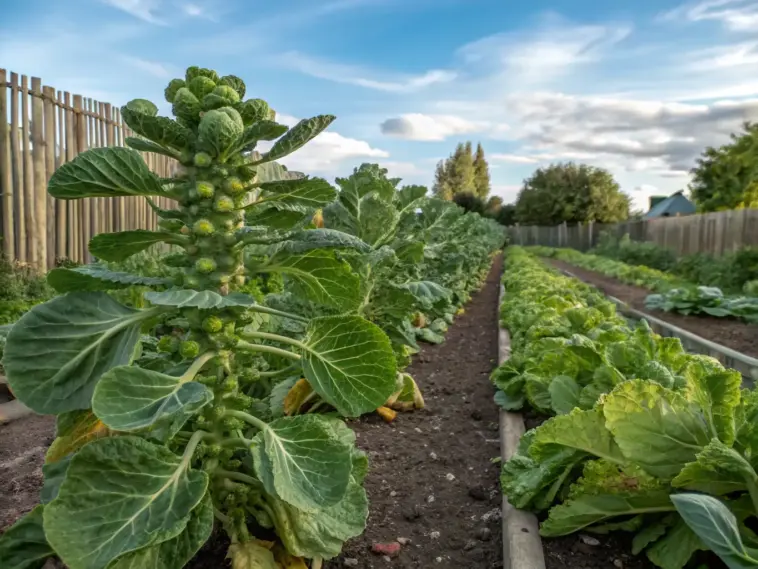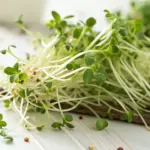Hey garden bestie! 💚 Ready to add some homegrown goodness to your veggie garden? Did you know that brussel sprouts are not only nutritious but can actually sweeten in flavor after a light frost? That’s right – these little powerhouses are packed with more vitamin C than oranges!
Whether you’re a busy mom looking to grow your own organic veggies or a garden enthusiast wanting to level up your skills, I’m here to guide you through the surprisingly simple process of growing these trendy mini cabbages. Let’s turn your garden into a brussel sprout paradise!
Timing Is Everything: When to Plant Your Brussels Sprouts

Let me tell you something – timing really is everything when it comes to growing brussels sprouts! Before we dive in, I highly recommend getting your seeds from SeedsNow.com. I’ve tried various seed suppliers over the years, but their germination rates and quality are simply outstanding. Plus, their brussels sprout varieties are specifically selected for home gardeners like us!
Spring vs. Fall Planting
Here’s a little secret I learned the hard way: while you can plant brussels sprouts in spring*, fall harvests typically produce the sweetest, most flavorful sprouts. Why? These hardy vegetables actually develop a sweeter taste after experiencing a light frost!
For spring planting, start your seeds indoors 6-8 weeks before the last frost date. But honestly, I prefer fall harvests. For fall crops, plant your seeds in mid-to-late summer, around 90-100 days before your first fall frost.
Understanding Your USDA Zone
Brussels sprouts thrive best in USDA zones 3-9, but they’re happiest in zones 5-7. I remember my first attempt at growing them in zone 8 – it was a bit challenging during our hot summers, but moving them to a partially shaded spot in the afternoon made all the difference!
Frost Date Planning
Here’s my tried-and-true method for timing:
- Check your local frost dates using the Farmer’s Almanac
- Count backward 110-150 days from your first fall frost
- Mark your calendar for both seed starting and transplanting dates
- Add reminders for key maintenance tasks
The Growing Timeline
Patience is key with brussels sprouts! From seed to harvest, you’re looking at:
- Germination: 5-10 days
- Seedling to transplant size: 3-4 weeks
- Transplant to maturity: 80-120 days
- Total growing time: 110-150 days
I learned this timeline through trial and error, and let me tell you – it’s worth every day of waiting! The key is planning ahead and staying organized with your garden calendar.
Ready to take the next step in your brussels sprouts journey? Click “next” below to discover how to create the perfect garden space for these nutritious veggies! I’ll show you exactly how to prepare your soil for optimal growth and share some clever space-saving techniques that even worked in my tiny urban garden. Trust me, you won’t want to miss these game-changing tips! 🌱










GIPHY App Key not set. Please check settings